
Since launching in Singapore two decades ago, Tiger Airways went on to start offshoots in several other countries including Australia. It has since ceased operating in every single one of those markets… except Taiwan.
Contents
A brief history of Tigerair
Tiger Airways, later rebranded as Tigerair, was originally a private airline based in Singapore. The ultra low-cost carrier had a fleet of Airbus A319 and A320 jets, which it used to fly short and medium-haul routes from Singapore. The airline’s first ever route was from Singapore to Bangkok.
Singapore Airlines, which also owns the low-cost airline Scoot, purchased a majority stake in Tigerair in 2014. For a few years, the budget airlines worked separately with Tigerair operating short-haul flights and Scoot primarily flying Boeing 787s to long-haul destinations.
In 2017, Tigerair merged with Scoot. Both airlines now fly under the Scoot brand, but use the original Tiger Airways “TR” IATA code.
Tiger Airways expansion into Australia
In the meantime, Tiger Airways had expanded internationally and set up operations in four other countries. Tigerair Australia launched in 2007, providing low-cost competition to Jetstar and Virgin Blue.

Two years later, it became the subject of Australian TV show “Air Ways” on Channel 7. If the irate customers shown on Air Ways were anything to go by, the airline’s customer service was anything but smooth sailing. The flying operations also hit turbulence two years later when CASA, Australia’s aviation safety regulator, grounded Tiger Airways Australia.
Tigerair Australia went on to fly again, but was chronically loss-making. In 2014, Virgin Australia bought the Australian Tigerair subsidiary for $1 – which may sound like a steal, except that the purchase also involved taking on a lot of debt.
Tigerair eventually ceased flying at the start of the COVID-19 pandemic and Virgin Australia permanently shut down the budget airline in 2020.
Expansion into other overseas markets
Over the years, Tigerair also expanded into the Philippines, Indonesia and Taiwan.
Tigerair Philippines was acquired by Cebu Pacific in 2014 and rebranded as Cebgo, the regional arm of Cebu Pacific.
In Indonesia, Tiger Airways had purchased Mandala Airlines out of bankruptcy and rebranded the operation as Tigerair Mandala. That lasted around two years before the new airline also declared bankruptcy in 2014.
That leaves Tigerair Taiwan as the sole survivor. This was originally launched in 2013 as a joint venture between China Airlines, Mandarin Airlines and Tiger Airways. However, Mandarin Airlines and Tiger Airways have since sold their shares to China Airlines.
Tigerair Taiwan flies on
Since 2017, Tigerair Taiwan has been a wholly-owned subsidiary of China Airlines, one of three full-service airlines based in Taiwan.
The present-day Tigerair Taiwan operates a fleet of 15 Airbus A320 jets on short-haul routes within Asia. The airline has bases in Taipei and Kaohsiung, flying predominantly to destinations in Japan and South Korea.
The airline is able to maintain a strong presence in Taiwan as the only major low-cost airline based there. Fortunately for Tigerair Taiwan, there is enough demand in its home market to support three full-service airlines (China Airlines, EVA Air and Starlux), regional airlines including Mandarin Airlines and Uni Air (owned by EVA Air), and Tigerair as the main low-cost airline.
Batik Air Malaysia operates somewhat of a mini-hub in Taipei, from where it operates fifth-freedom routes to five cities in Japan.
Tigerair couldn’t compete in Australia
Although Australia too has a robust aviation market, Tigerair Australia just couldn’t compete with a very strong Jetstar.

Since the demise of Tigerair Australia, a new lost-cost entrant has emerged in Bonza. But Bonza’s strategy is very different to that of Tigerair. Rather than competing head-on with Jetstar – and all the other Australian airlines – Bonza is targeting regional routes with no direct competition.






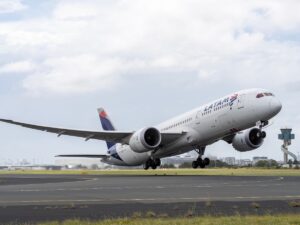






























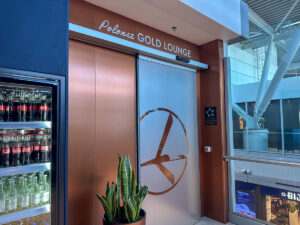




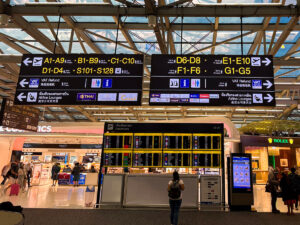


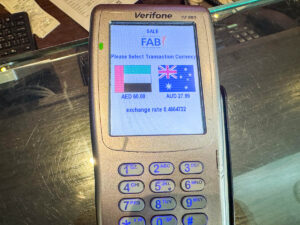





























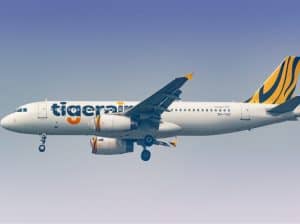





Community Comments
Loading new replies...
Join the full discussion at the Australian Frequent Flyer →